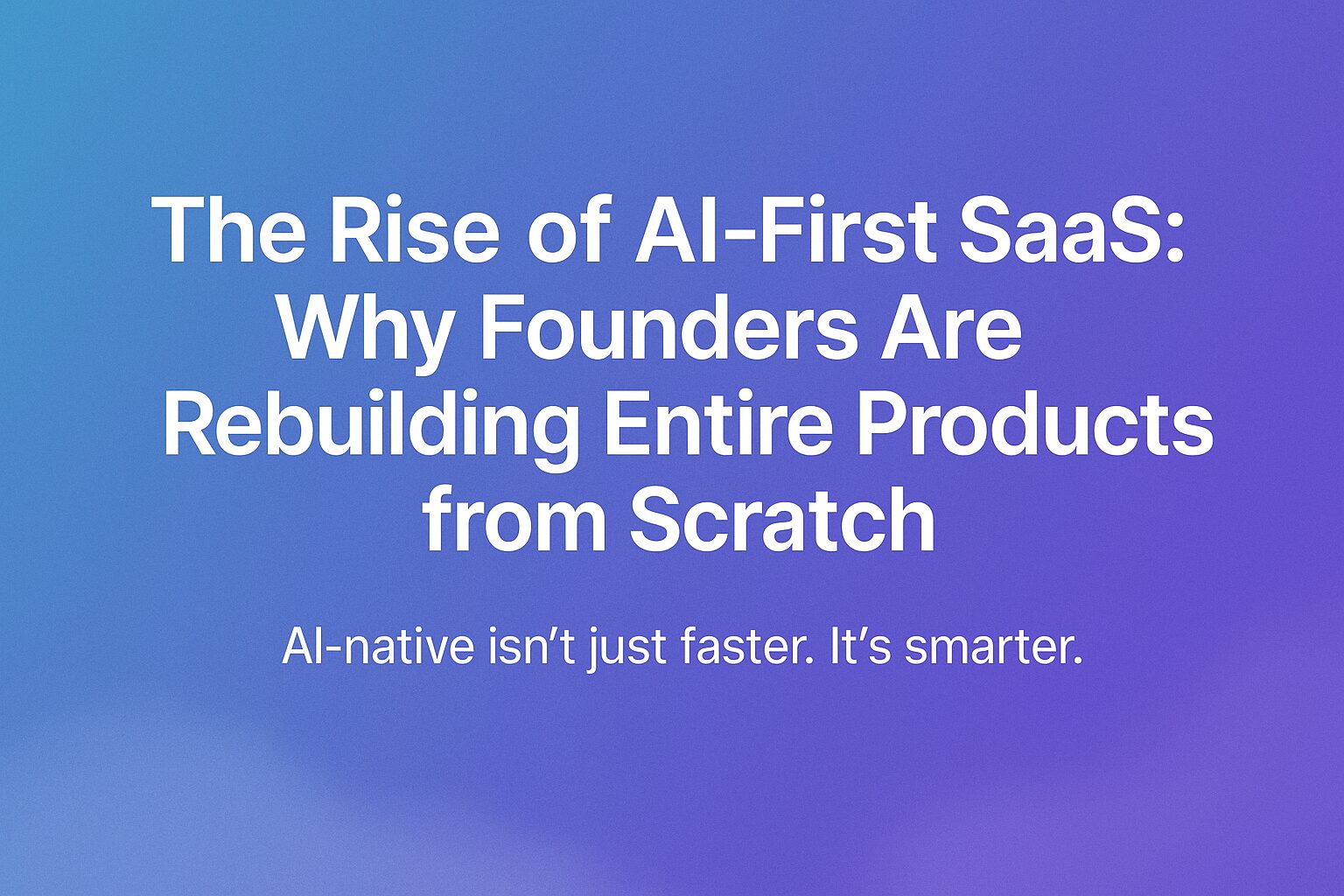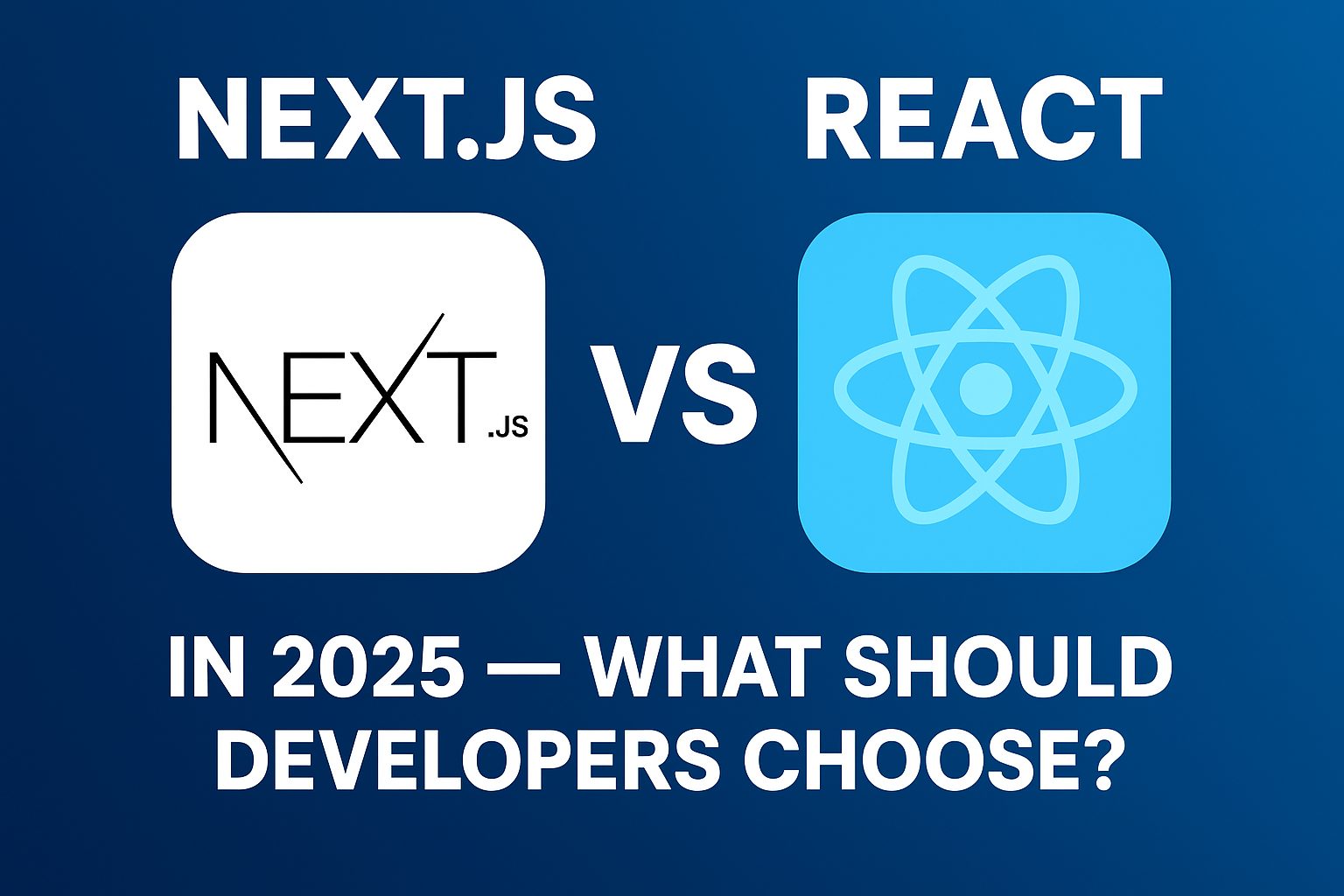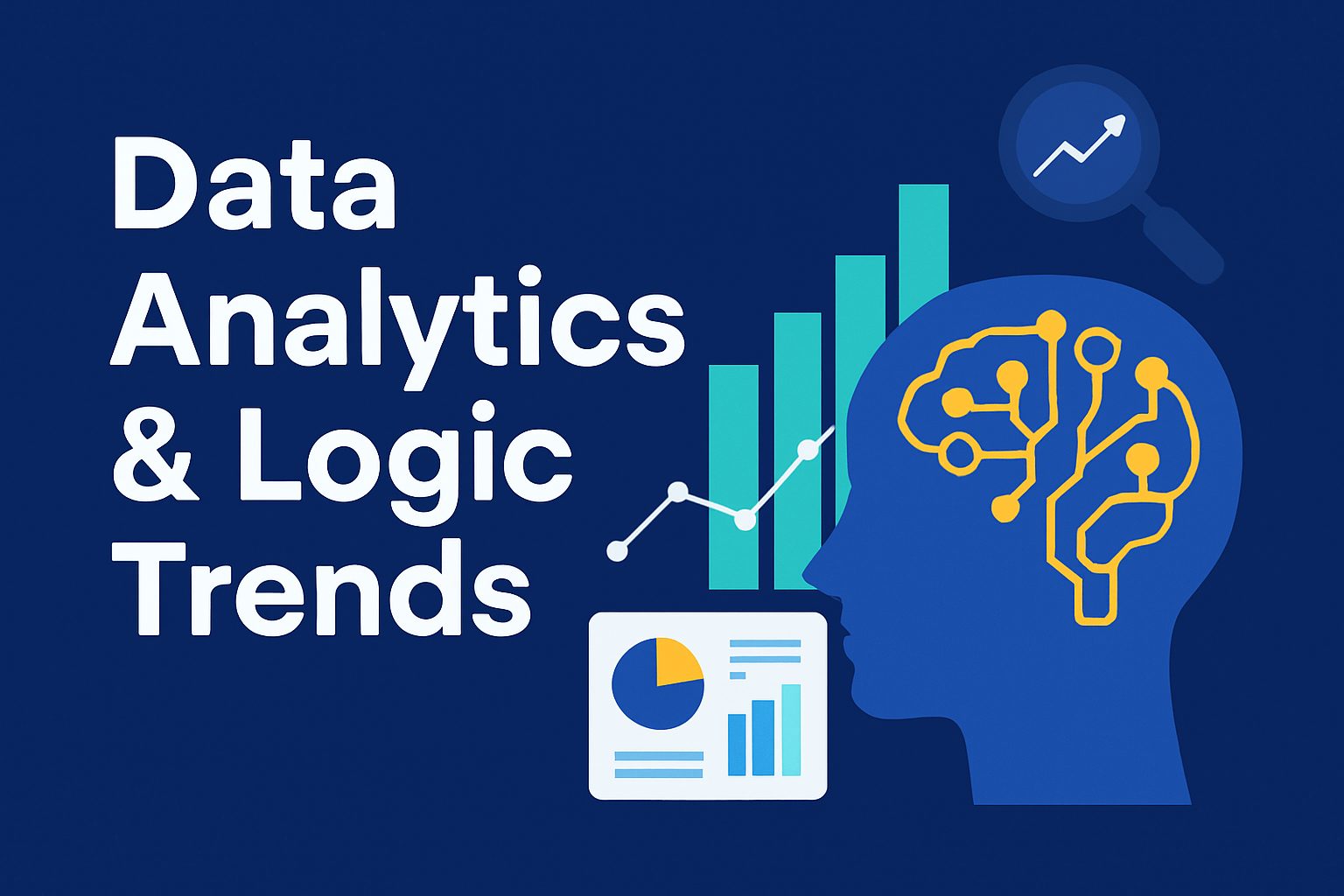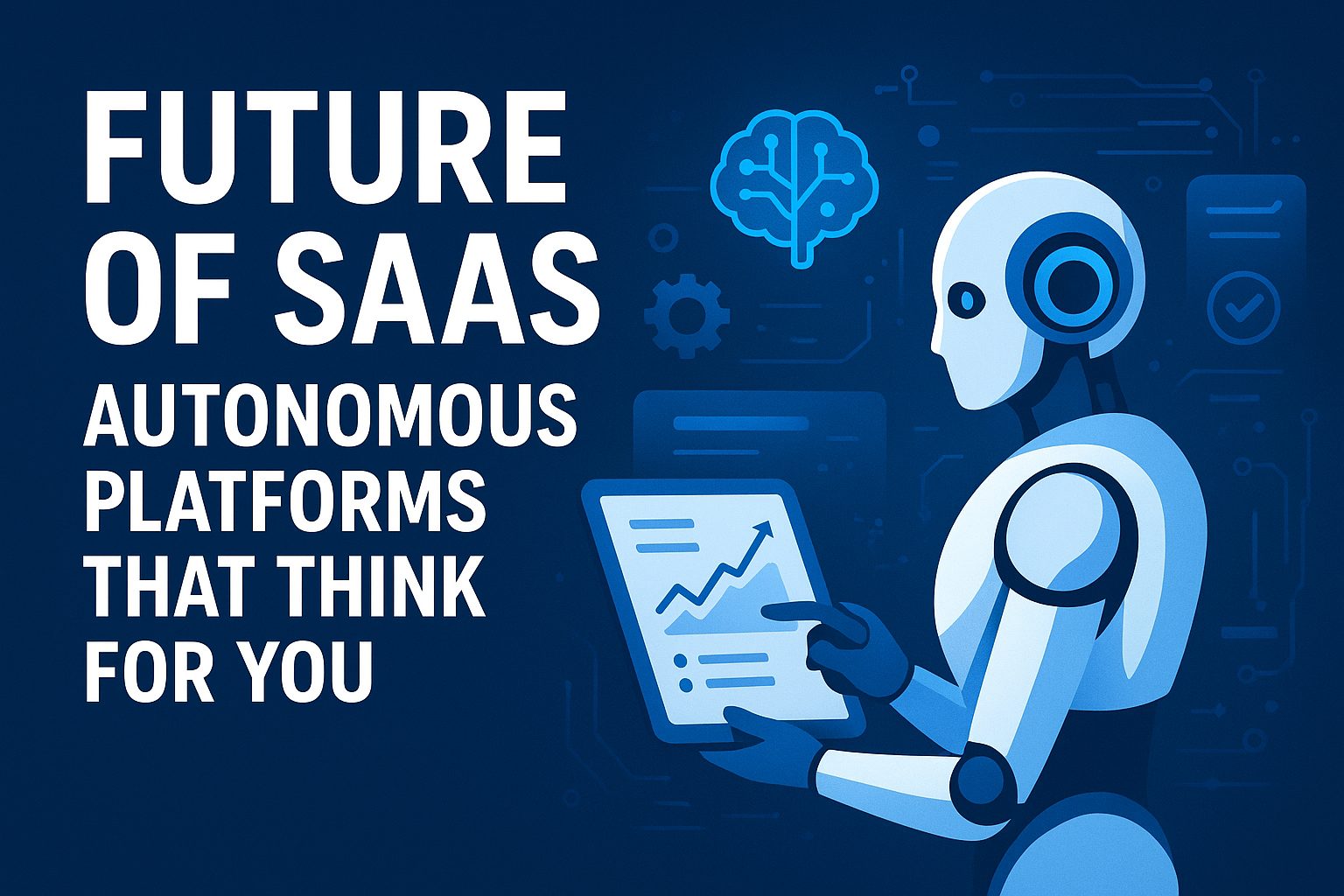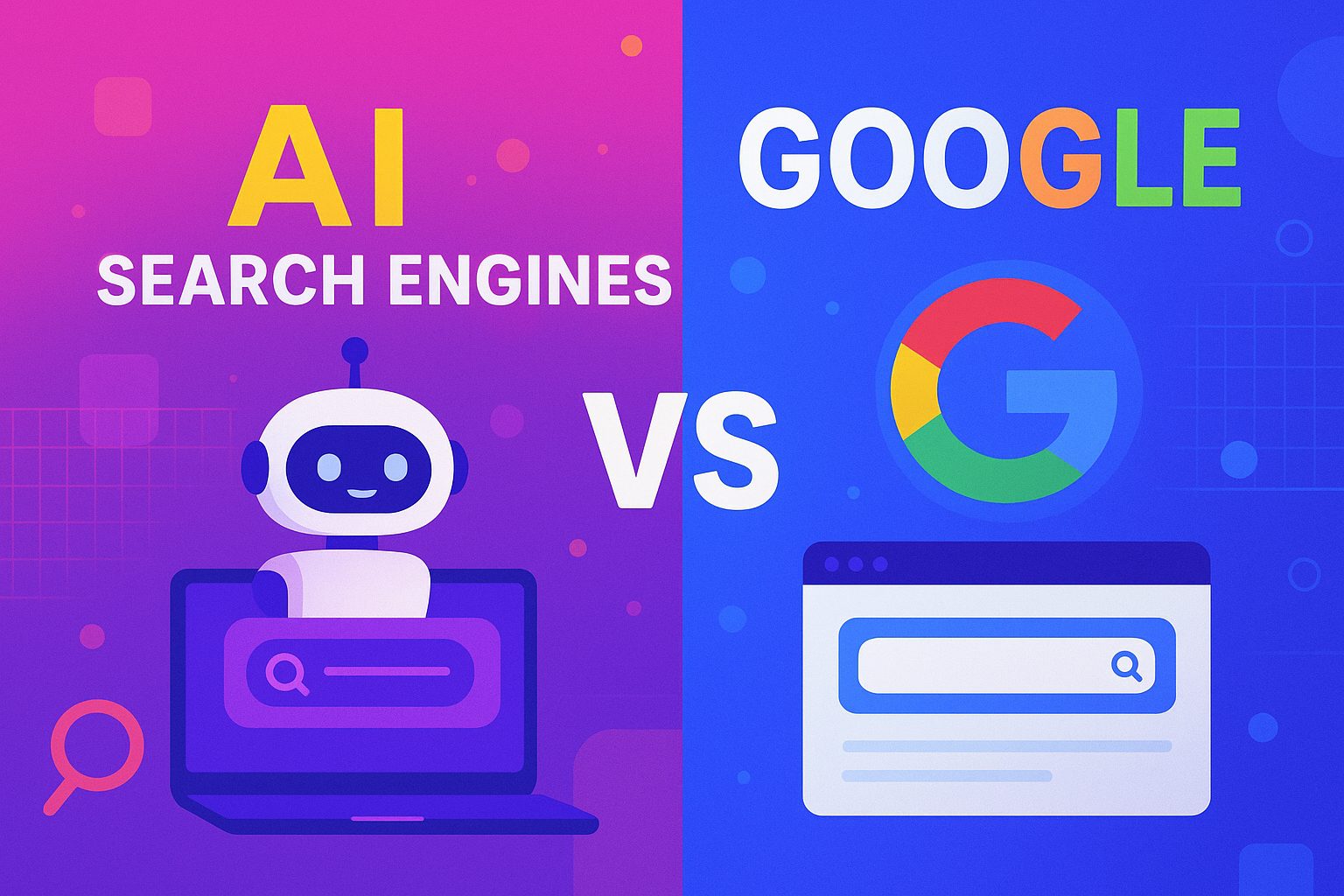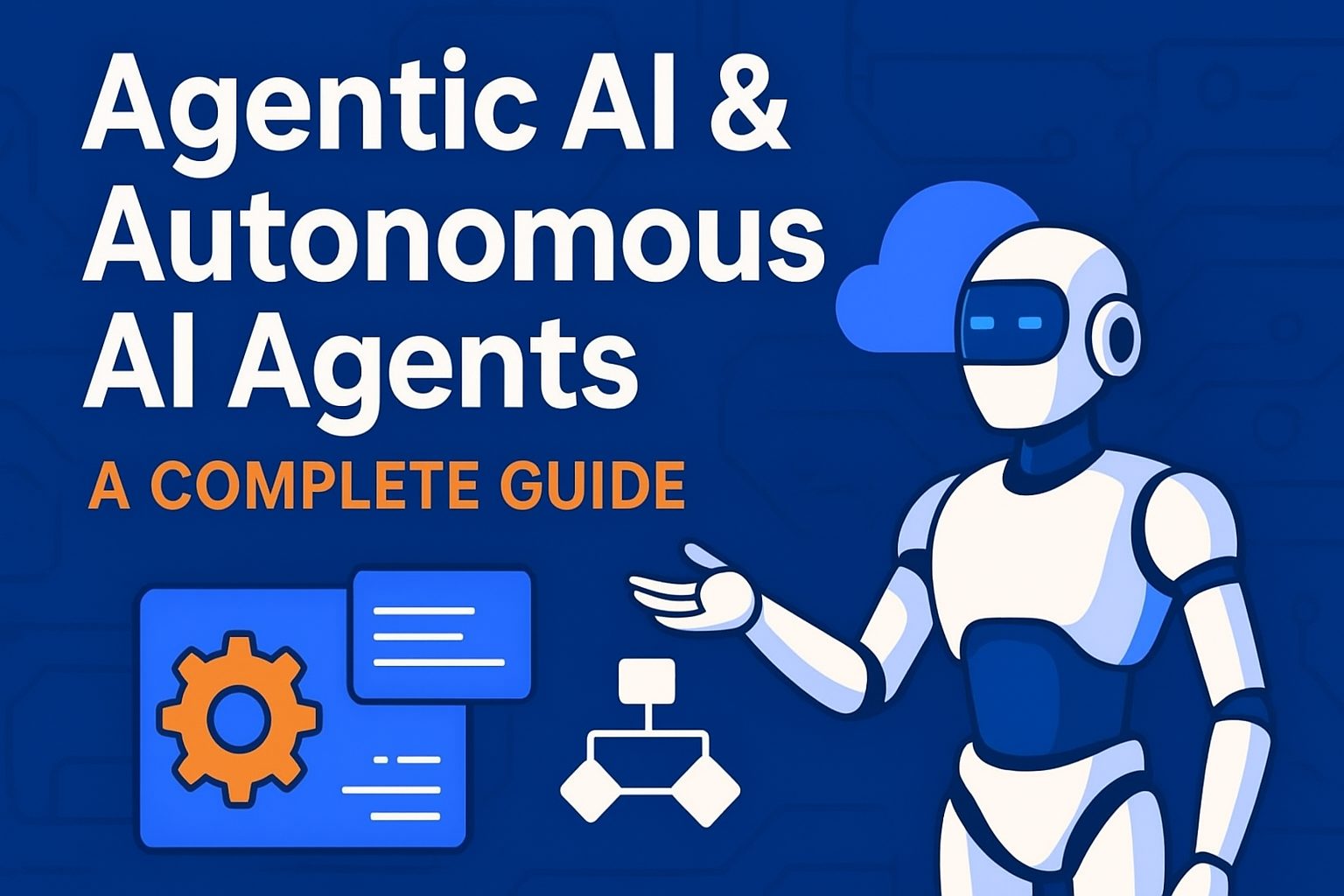In the world of software, a seismic shift is underway. The era of AI-first SaaS is here—and it’s not just an upgrade. It’s a total reinvention.
More and more founders are hitting reset, tearing down their old applications, and rebuilding from scratch using artificial intelligence as the foundation. These AI-native products aren’t just faster; they’re smarter, more scalable, and fundamentally more intuitive. As the capabilities of generative AI, machine learning, and intelligent automation rapidly evolve, traditional SaaS models are being left behind.
Here’s why rebuilding your product with AI at the core is no longer a bold experiment—it’s becoming a strategic necessity.
What Does “AI-First” Actually Mean?
“AI-first” refers to designing and developing software products with artificial intelligence as the core capability—not an add-on or feature. In an AI-first architecture, decision-making, user experience, automation, and data analysis are driven by models trained to adapt, learn, and personalize over time.
Rather than wrapping AI around legacy code, these platforms treat machine learning and generative models as essential components of the stack. This allows the product to behave more like an intelligent assistant than a static tool.
For example, instead of a CRM that simply stores contact details, an AI-first CRM might suggest personalized outreach strategies, write emails in your tone, or predict churn before it happens.
Why Founders Are Rebuilding from Scratch
1. Legacy Code Can’t Handle the AI Load
Most traditional SaaS platforms were never built to support the infrastructure or architecture required for AI models. Retrofitting AI into these systems often creates bottlenecks, inefficiencies, and subpar experiences. Rebuilding from scratch allows founders to implement vector databases, real-time inference engines, and AI-friendly data pipelines from the start.
2. User Expectations Have Shifted
The success of AI tools like ChatGPT, Notion AI, and Copilot has raised user expectations. People now expect software to be context-aware, assistive, and proactive. If your product can’t meet these new standards, you’re at risk of losing users to smarter alternatives.
3. Speed of Innovation
Startups that build AI-first move faster. By automating complex workflows, summarizing vast data sets, and generating content or code in real time, AI-native platforms shorten the product feedback loop. Founders can iterate quickly based on real usage patterns rather than lengthy manual testing cycles.
4. Competitive Moats Through Proprietary AI
In a crowded SaaS market, AI can be a defensible moat. When your platform improves with every user interaction, it becomes harder for competitors to replicate your intelligence or user insights. Rebuilding with AI from day one gives you a head start in developing these advantages.
Real-World Examples of AI-Native Reinvention
GrammarlyGO shifted from static grammar checking to real-time generative writing assistance.
Linear and Height are reinventing project management with AI summaries, intelligent task sorting, and automated status updates.
Descript rebuilt video editing around AI transcription and overdubbing, making editing as simple as editing text.
Gong uses AI to analyze sales calls and provide coaching in real time—an impossible task for legacy CRMs.
These tools feel magical not because they bolted on AI, but because they were built for it.
The Tech Stack of AI-First Products
Building AI-native SaaS from scratch typically involves:
Foundation models (LLMs or diffusion models): e.g., OpenAI, Mistral, Claude, LLaMA
Vector databases for semantic search (e.g., Pinecone, Chroma, Weaviate)
RAG pipelines (Retrieval-Augmented Generation) for factual responses
Streaming APIs for real-time feedback
Serverless or GPU-first infrastructure for model inference
Deep integration of NLP, OCR, or speech recognition tools
Founders are embracing these components because they allow for scalability, personalization, and real-time interaction that traditional stacks can’t offer.
Challenges of Going AI-First
Of course, rebuilding an entire SaaS product isn’t without risk. Key challenges include:
High development costs: Training or fine-tuning models can be expensive.
Model reliability: Hallucinations, bias, and explainability remain real concerns.
Data privacy: Compliance and data governance must be prioritized.
Hiring talent: The AI engineering talent pool is still limited and highly competitive.
However, many founders see these as short-term challenges that are worth overcoming for the long-term upside of true innovation.
Conclusion: The Future Is AI-Native
AI-first SaaS isn’t a fad—it’s a foundational shift in how we build and experience software. As users continue to demand smarter, faster, and more helpful tools, AI-native platforms will dominate the next generation of SaaS winners.
Founders who are willing to start fresh, shed technical debt, and rebuild with AI at the core will shape the future of every industry—from productivity to healthcare to finance.
If you’re still adding AI as a feature, it may already be too late.
Because in this new era of software, the smartest product wins.

